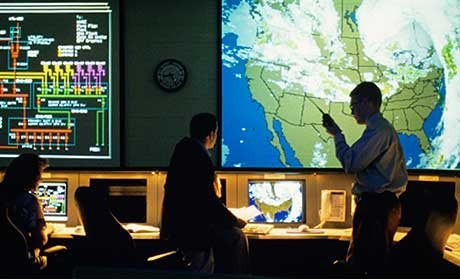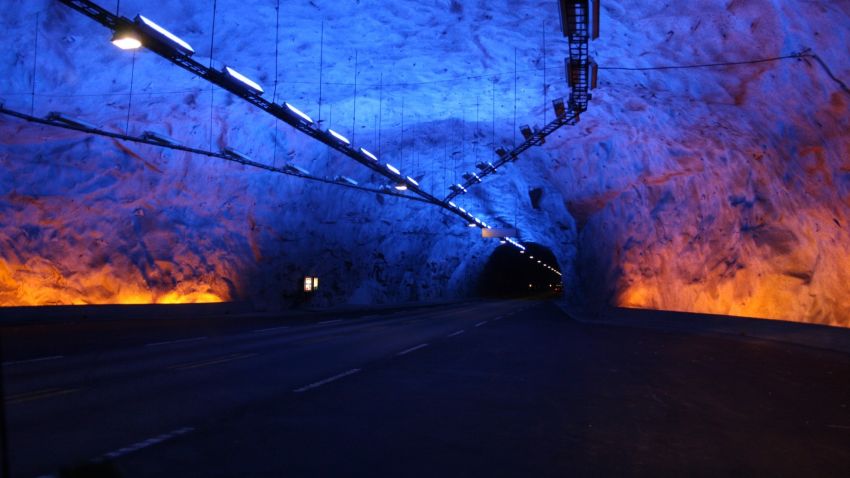Successfully Predicting Disasters
Successfully Predicting Disasters


It’s nice to know when it’s going to rain. But it would even nicer to predict earthquakes, fires, and hurricanes. Forecasting such disasters, though, proves more difficult. A disaster is a dynamical system that can, in principle, though not always in practice, be modeled.
Certain types of disasters are, predictably, more predicable than others. Earthquake prediction, for instance, is far from satisfactory, but is seriously attempted nevertheless. The accuracy of predicting volcanic eruptions lies somewhere between those of earthquakes and severe weather—depending on the volcano. Scientists are able to forecast the eruptions of Italy’s Mount Etna using seismic tomography. The method yields time photographs of the three-dimensional movement of rocks to detect their internal changes. The success of the technique is in no small part due to the fact that Etna, Europe’s biggest volcano, is equipped with a high-quality monitoring system and seismic network, tools not readily available for most other volcanoes.
Initial and boundary conditions are required for both analytical and numerical solutions. Computers have their practical limits, so numerical integration of the instantaneous equations (direct numerical simulations) for high Reynolds number natural flows is prohibitively expensive, if not outright impossible.
Modeling to the Rescue
Modeling comes to the rescue, but at a price. Large-eddy simulations, spectral methods, probability density function models, and the more classical Reynolds-stress models are examples of closure schemes that are not as computationally intensive as direct numerical simulations. But they are not as reliable either. This type of second-tier modeling is phenomenological in nature and does not stem from first principles. The more heuristic the modeling is, the less accurate the expected results.
The important issue is to precisely state the assumptions needed to write the evolution equations, which are basically statements of the conservation of mass, momentum, and energy, in a certain form. The resulting equations and their eventual analytical or numerical solutions are valid only under those assumptions. This seemingly straightforward fact is often overlooked and wrong answers readily result when the situation we are trying to model is different from the one assumed.
The prediction of weather-related disasters has had spectacular successes within the last few decades. The painstaking advances made in fluid mechanics in general and turbulence research in particular, together with the exponential growth of computer memory and speed, contributed immeasurably to those successes. Imagine what we might do for the world if we could engineer systems as accurate as that to predict earthquakes, hurricanes or wildfires.
[Adapted from “Engineering vs. Disasters” by Mohamed Gad-el-Hak, ASME Fellow, for Mechanical Engineering, August 2008.]
The prediction of weather-related disasters has had spectacular successes within the last few decades.





